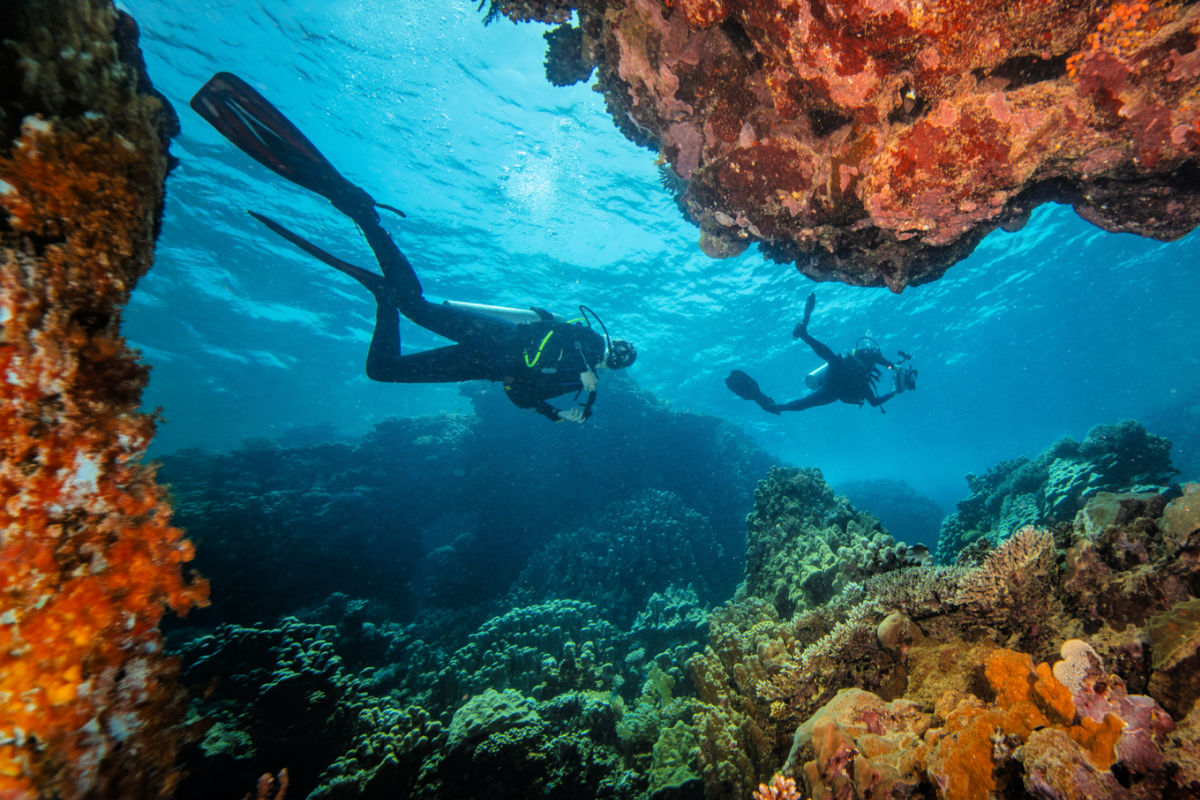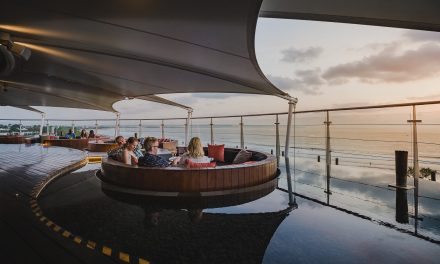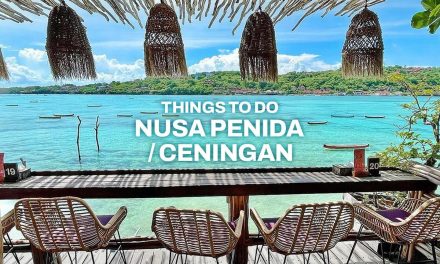Bali is a treasure trove of experiences, making it a must-visit for every traveler. From exploring ancient temples to embarking on thrilling island-hopping adventures, there’s always something new to add to your itinerary. Have you ever attended a traditional water blessing ceremony or tried your hand at surfing? These unique activities make Bali a paradise for adventurous souls.

Underwater Wonders Await: Snorkeling and Diving in Bali
One of the highlights of any trip to Bali is undoubtedly its vibrant underwater world. Imagine gliding through crystal-clear waters alongside majestic manta rays and encountering the rare sunfish, all while marveling at the stunning coral reefs below. It’s an experience that can leave you breathless—not just from the beauty, but from the sheer thrill of being surrounded by such amazing marine life.
The excitement just escalated for snorkeling and diving enthusiasts, thanks to a remarkable discovery just made by researchers off Bali’s Nusa Penida coast.
The Newly Discovered Coral Colony
Those who have ventured to the outer islands of Bali Province—Nusa Penida, Nusa Lembongan, and Nusa Ceningan—know just how breathtaking these spots are. They are also home to some of the most extraordinary coral reef ecosystems on our planet. The recent identification of a massive coral colony here has made the prospect of a diving excursion even more appealing!
A dedicated group of young Indonesian marine biologists, in collaboration with the NGO Ocean Gardener, has just unveiled this expansive coral colony situated off Nusa Penida’s coastline.
The Galatea Astreata Coral Colony
Discovered in early December, experts are optimistic that this might just be the largest coral colony in the world! This new underwater haven has been affectionately dubbed Galatea Astreata. Speaking to reporters, Ocean Gardener’s Research and Science Coordinator, Manikmayang, expressed excitement, saying, “This discovery could potentially set a new world record. While we still need further tests to verify, initial measurements of the colony show it spans 58 meters wide, 71 meters long, and 10 meters high, covering over 4,000 square meters!”
Current Coral Colony Competitors
To put things in perspective, the largest documented coral colony until now was the Pavona colony found in Solomon Islands, which measures 34 meters wide, 32 meters long, and 5.5 meters high. Additionally, the Nusa Penida Marine Protected Area is an expansive 20,057 hectares, sheltering marine life such as manta rays, sunfish, and endangered turtles.
In an exciting move for conservation, the area surrounding Nusa Penida recently received enhanced environmental protections from the International Maritime Organization, making it a Particularly Sensitive Sea Area (PSSA) just like the renowned Great Barrier Reef.
What This Means for Tourists
With all these exciting discoveries and enhanced protection plans, you might wonder what this means for visitors looking to explore Nusa Penida, Nusa Lembongan, and Nusa Ceningan. For the most part, the immediate experiences for tourists won’t change much. However, these new protections are likely to affect the local fishing industry in the short run.
In the coming year, we might see new policies that could shape how tour operators interact with these treasures of the sea. If you’re planning a snorkeling or diving trip here, it’s essential to adhere to the best practices and guidelines already in place. After all, we want to ensure that we respect and protect the incredible wildlife that calls this area home.
Guidelines for Responsible Diving and Snorkeling
When swimming with graceful manta rays in Nusa Penida, it’s imperative to follow established guidelines. Remember, these magnificent creatures are vulnerable, and we should always be considerate of their habitat. Here are some essential practices:
- Never touch the animals.
- Do not feed them.
- Refrain from stepping on or touching live coral.
- Avoid disturbing sediment in the water.
- Always keep a safe distance: stay at least 3 meters away from manta rays and 5 meters from sunfish.
- Do not swim beneath these animals or disrupt their natural paths.
It’s also crucial to choose reputable tour operators who share a commitment to environmental conservation. One good indicator is the Green Fins certification, which signifies ethical practices and a dedication to sustainable tourism.
As an avid traveler and someone who’s taken the plunge into the beautiful waters of Bali, witnessing marine life in their natural habitat is a profound experience. It’s our responsibility to protect these wonders for future generations—and with exciting discoveries like Galatea Astreata, there’s no better time to appreciate our oceans! Plan your trip wisely, respect the guidelines, and you’ll not only have a fantastic adventure but also preserve the beauty of Bali’s underwater world.






